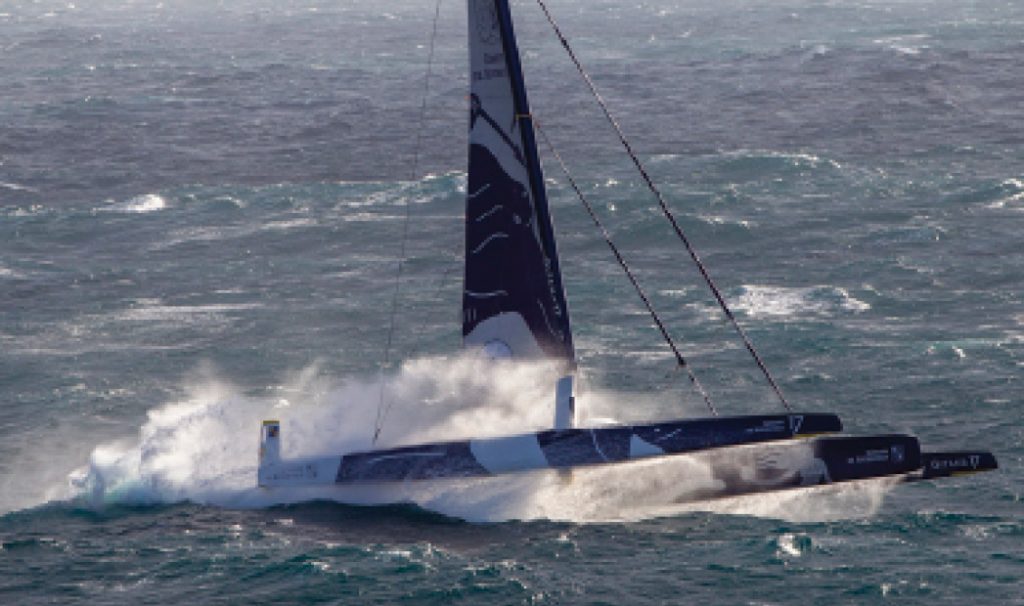Test Your Metal
Editor’s note: As discerning readers know, Coop’s Corner comprises some of the finest writing to be found in any sailing media. Contributing Editor Joe Cooper’s monthly musings are always entertaining (for best results, read Coop’s Corner by the light of a brass hurricane lamp), and the column in our November/December 2019 edition (entitled “If” – online at windcheckmagazine.com/article/if/ in case you missed it) is classic Coop.
Dear Mr. Cooper,
I read WindCheck every chance I get and enjoy your column. The November/December issue was especially interesting because I was in the 1968 OSTAR in a tiny 26-foot trimaran named Amistad (Friendship in Spanish). Back then I was a young man in my 20s dreaming of sailing to paradise in the Pacific. I had even picked a boat to do this with, a lovely 36-foot Herreshoff ketch I would build myself. This plan was short circuited when I read about the OSTAR.
Well, I did that race though a 26-foot tri can’t be said to have been racing. It was, in every respect, the adventure I hoped it would be, from exasperating lack of wind to way too much wind and an entire week of broad reaching in perfect conditions with my little boat surfing on every wave, and confusing the wind vane.

Although just a half century has elapsed since sailing emerged from its “Bronze Age,” ocean racing yachts have come a long way. © Brest Atlantique 2019/Alexis Courcoux
While the sailing part was as great and memorable as expected, even better was the people I met in Plymouth who eased the way. This consisted of being adopted by an English husband and wife living on a boat in Mill Bay Docks who provided home cooked meals and companionship, the hospitality of an American, also living on his boat, a 70-foot narrow power cruiser intended for the French canals, and a small boat yard which hauled my tri and would not accept any pay. I also briefly met Blondie Hasler.
These days I might get out in the Bay occasionally with a friend for a daysail. I find myself fascinated by the French Maxi tris and their speeds of 30 or 40 knots. Whereas my best 24-hour run on Amistad was 195 miles, the Maxis do up to 600 or more. Back in my sailing days, most boat hardware was made of bronze so I call those days ‘The Bronze Age.’
Regards,
Bernie Rodriguez, via email ■




